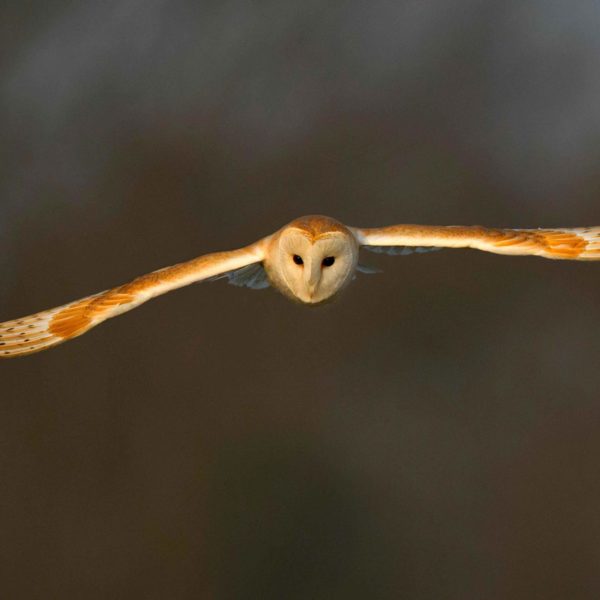Key Facts
- Length: 33-39cm
- Wingspan: 89cm
- Weight: 300g
- Average Lifespan: 4 years
Perhaps the most familiar owl, the barn owl will often hunt during the daytime and can be seen ‘quartering’ over fields and grasslands looking for its next small mammal meal.
However, barn owls are also perfectly adapted to hunt in darkness with deadly precision: their silent flight and heart-shaped face which directs high-frequency sounds, help them to find mice and voles in the vegetation.
How to Identify
Unmistakeable: the barn owl is ghostly white below, mottled silver-grey and buff above with a heart-shaped, white face and black eyes.
Where to Find
Widespread, absent from the Highlands of Scotland.
How People Can Help
Although widespread across Britain and even the world, barn owls have suffered huge declines here over the last 50 years due to agricultural intensification and habitat loss. Working with farmers, landowners, other organisations and local people, The Wildlife Trusts have helped to halt this decline by providing suitable nestboxes and managing habitats for their benefit and the benefit of their small mammal prey. You can help barn owls to bounce back by volunteering for your local Wildlife Trust and helping with everything from nestbox schemes to habitat maintenance.
Did you know?
Throughout history, barn owls have been known by many different names such as ‘ghost owl’, ‘church owl’ and ‘screech owl’. But the name ‘demon owl’, in particular, illustrates how they were considered by some rural populations – something not so difficult to understand when you hear its piercing call.
Similar Species
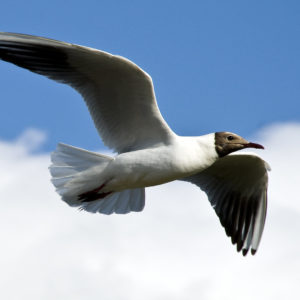
Black-Headed Gull
- Birds
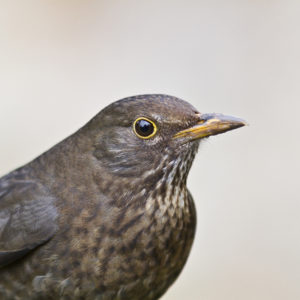
Blackbird
- Birds
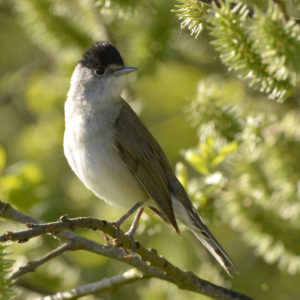
Blackcap
- Birds
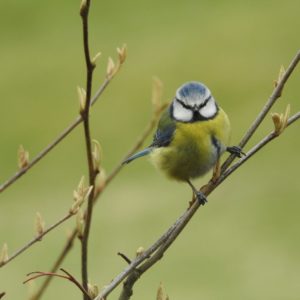
Blue Tit
- Birds
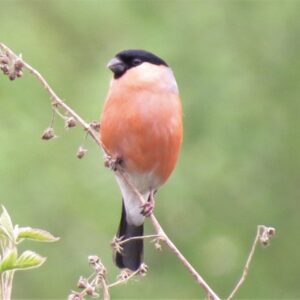
Bullfinch
- Birds
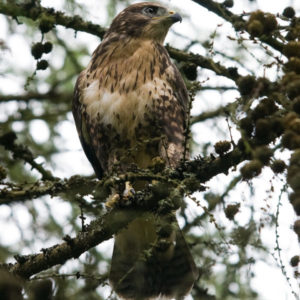
Buzzard
- Birds
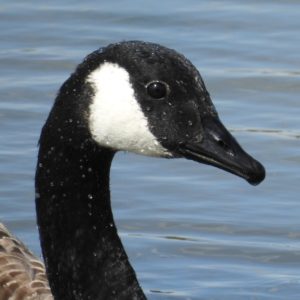
Canada Goose
- Birds
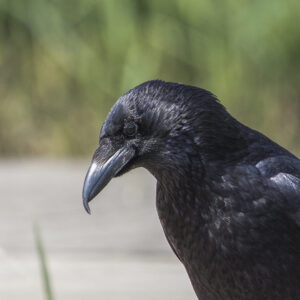
Carrion Crow
- Birds
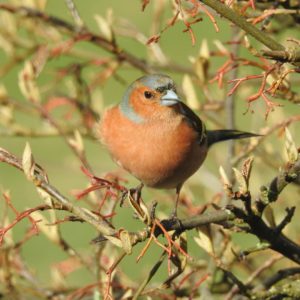
Chaffinch
- Birds
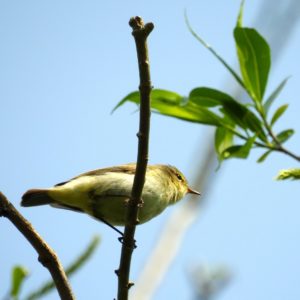
Chiffchaff
- Birds
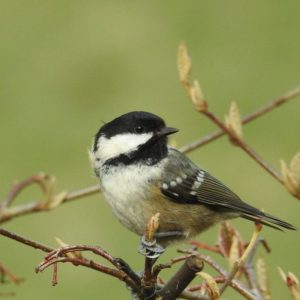
Coal Tit
- Birds
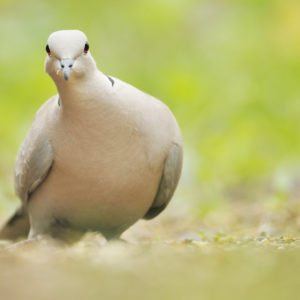
Collared Dove
- Birds

Coot
- Birds
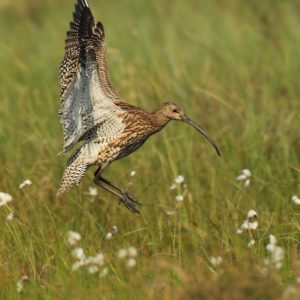
Curlew
- Birds
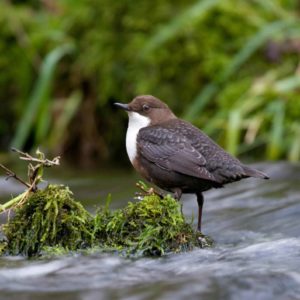
Dipper
- Birds
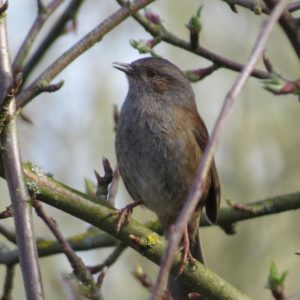
Dunnock
- Birds
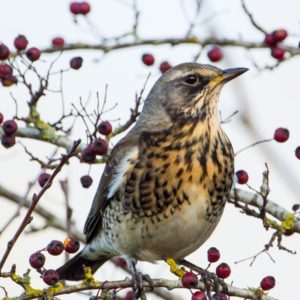
Fieldfare
- Birds
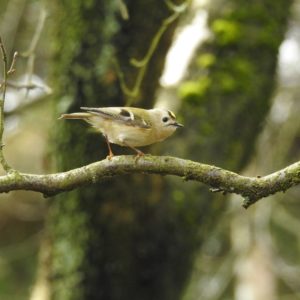
Goldcrest
- Birds
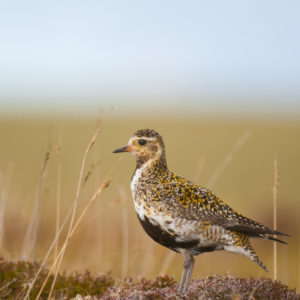
Golden Plover
- Birds
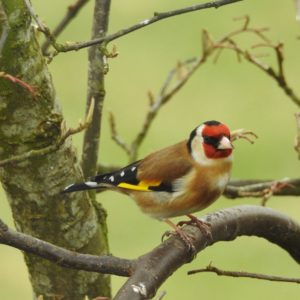
Goldfinch
- Birds
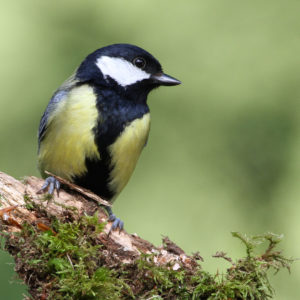
Great Tit
- Birds
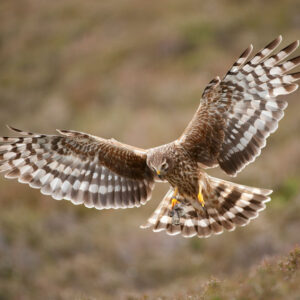
Hen Harrier
- Birds
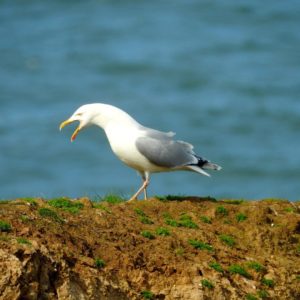
Herring Gull
- Birds
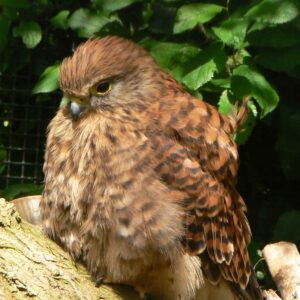
Kestrel
- Birds
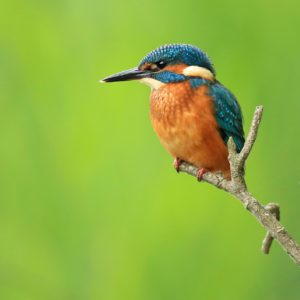
Kingfisher
- Birds
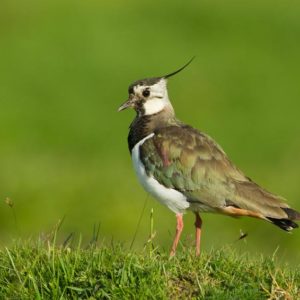
Lapwing
- Birds
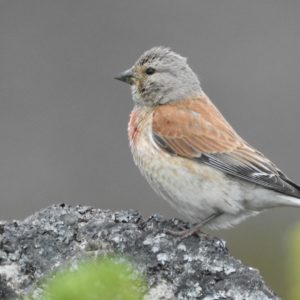
Linnet
- Birds
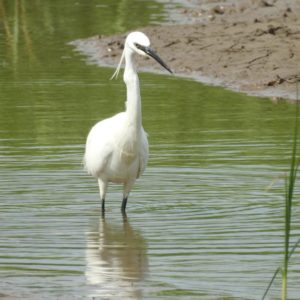
Little Egret
- Birds
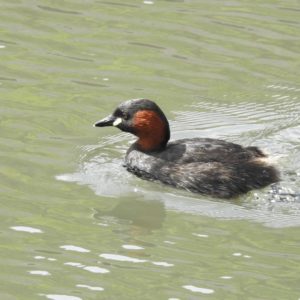
Little Grebe
- Birds
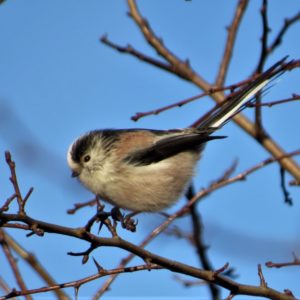
Long-Tailed Tit
- Birds
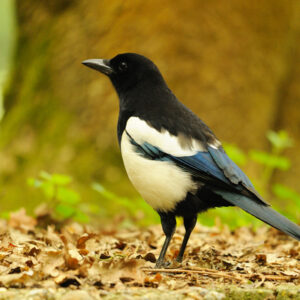
Magpie
- Birds
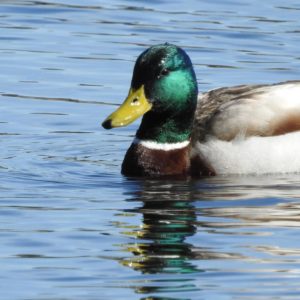
Mallard
- Birds
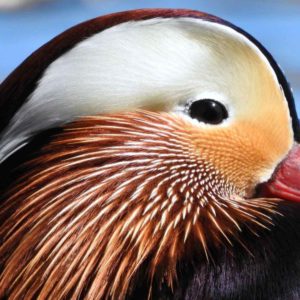
Mandarin Duck
- Birds
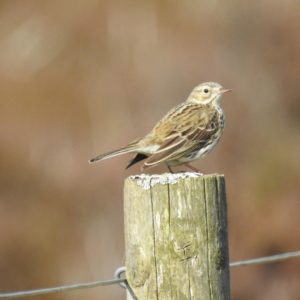
Meadow Pipit
- Birds
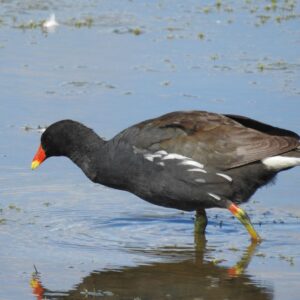
Moorhen
- Birds
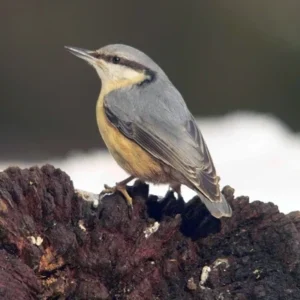
Nuthatch
- Birds
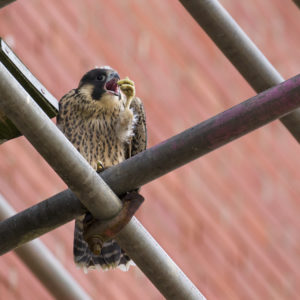
Peregrine falcon
- Birds
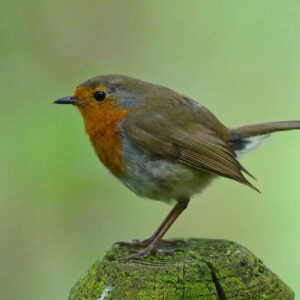
Robin
- Birds
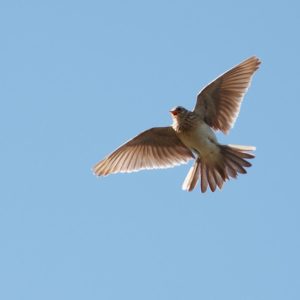
Skylark
- Birds
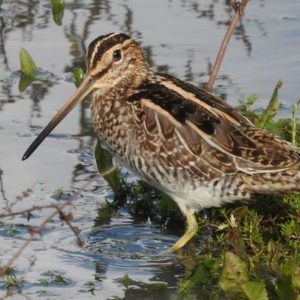
Snipe
- Birds
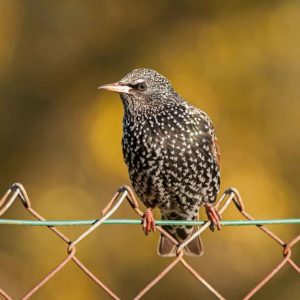
Starling
- Birds
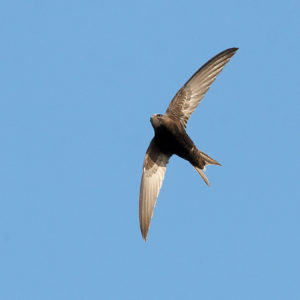
Swift
- Birds
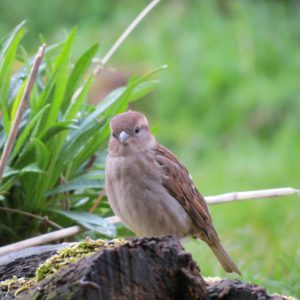
Tree Sparrow
- Birds
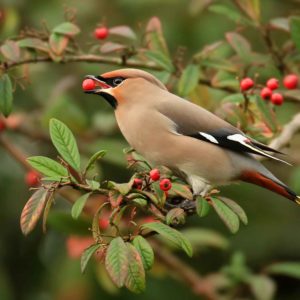
Waxwing
- Birds
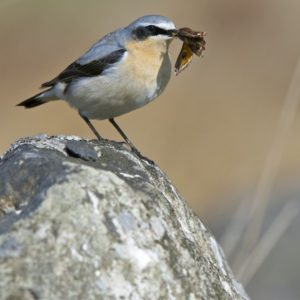
Wheatear
- Birds
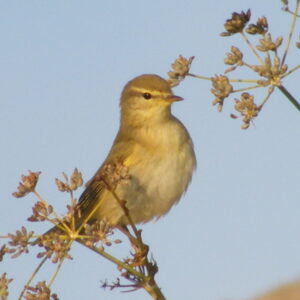
Willow Warbler
- Birds
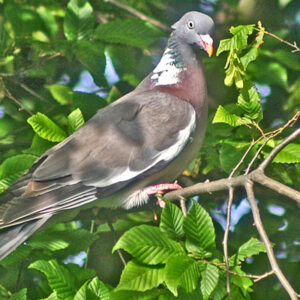
Wood Pigeon
- Birds
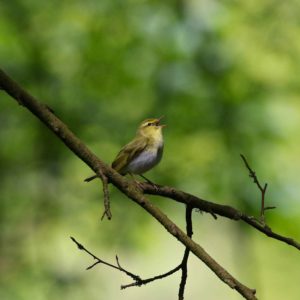
Wood Warbler
- Birds
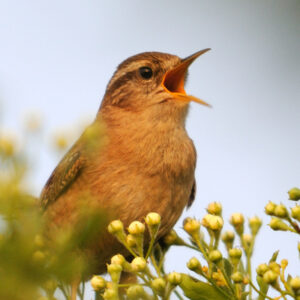
Wren
- Birds
